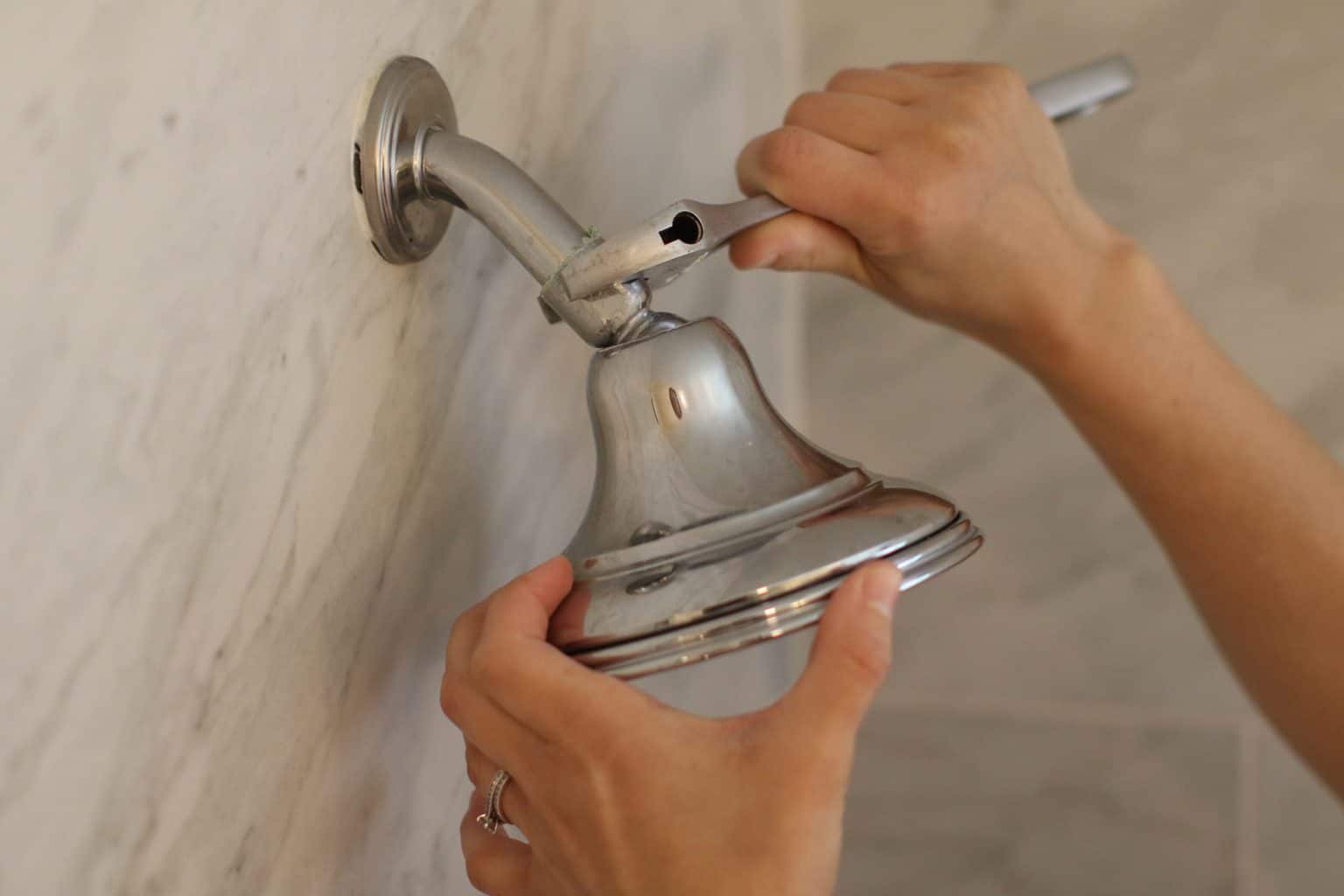

Articles
How To Unscrew Showerhead
Modified: March 1, 2024
Discover expert tips and techniques in our comprehensive articles on how to unscrew a showerhead. Let us guide you through the process step by step.
(Many of the links in this article redirect to a specific reviewed product. Your purchase of these products through affiliate links helps to generate commission for Storables.com, at no extra cost. Learn more)
Introduction
Welcome to our guide on how to unscrew a showerhead. If you’re experiencing low water pressure or a clogged showerhead, it may be time to remove and clean it. Unscrewing the showerhead is a fairly simple process that can be done with a few tools and some basic knowledge. In this article, we will walk you through the steps to safely and effectively unscrew a showerhead, clean it, and reinstall it. So, let’s get started!
Before we dive into the specific steps, let’s quickly go over the tools and materials you’ll need for this task:
- Adjustable wrench or pliers
- Cloth or rag
- Vinegar or a mild cleaning solution
- Toothbrush or small brush
- Teflon tape (optional)
Now that you have all the necessary tools, let’s move on to the first step of the process.
Key Takeaways:
- Easily unscrew, clean, and reinstall your showerhead to improve water flow and maintain a refreshing shower experience with simple tools and step-by-step guidance.
- Regular maintenance, including periodic cleaning and inspection of your showerhead, is essential to ensure optimal performance and avoid issues like low water pressure or clogging.
Read more: How To Unscrew A Stuck Showerhead
Step 1: Gather necessary tools and materials
The first step to unscrewing a showerhead is to gather all the necessary tools and materials. Having everything prepared before you start will make the process smoother and more efficient. Here’s what you’ll need:
- Adjustable wrench or pliers: You’ll need a wrench or pliers to grip and turn the showerhead. Make sure to choose a tool that fits the size of your showerhead securely.
- Cloth or rag: Use a cloth or rag to wrap around the showerhead. This will protect the surface from scratches and provide better grip when unscrewing it.
- Vinegar or mild cleaning solution: To clean the showerhead, you’ll need a cleaning solution. A mixture of vinegar and water works well to remove mineral deposits and grime. If you prefer, you can use a mild cleaning solution specifically designed for bathroom fixtures.
- Toothbrush or small brush: A toothbrush or small brush will help you scrub and clean the showerhead thoroughly. Make sure to choose a brush with soft bristles to avoid damaging the finish.
- Teflon tape (optional): Teflon tape is a thin, white tape that can be wrapped around the showerhead threads before reinstalling it. It helps create a tighter seal and prevents leaks. While not always necessary, it can be a useful addition to ensure a secure fit.
Once you have gathered all the tools and materials, you’re ready to move on to the next step of the process: turning off the water supply.
Step 2: Turn off the water supply
Before you start unscrewing the showerhead, it is crucial to turn off the water supply to prevent any potential leaks or water damage. Here’s how to do it:
- Locate the water shut-off valve: The water shut-off valve is usually located near the shower or in the basement. It may be separate for each water fixture or a main valve that controls the entire house’s water supply. Familiarize yourself with the location of the valve beforehand.
- Turn off the supply valve: Using your hand or a wrench, turn the supply valve in a clockwise direction to shut off the water flow. Ensure that the valve is fully closed to prevent any water from leaking while removing the showerhead.
- Test the water supply: Turn on the shower faucet to check if the water supply has been successfully shut off. If no water comes out, then the supply valve is properly closed.
By turning off the water supply, you eliminate the risk of water spraying or leaking while you work on removing the showerhead. Once the water supply is turned off, you’re ready to proceed to the next step: wrapping the showerhead with a cloth or rag.
Step 3: Wrap the showerhead with a cloth or rag
Wrapping the showerhead with a cloth or rag helps protect the surface from scratches and provides a better grip for unscrewing. Follow these steps to properly wrap the showerhead:
- Choose a soft cloth or rag: Select a cloth or rag that is soft and will not cause any damage to the showerhead. Microfiber or cotton cloths work well for this purpose.
- Wet the cloth (optional): If the showerhead is dirty or has built-up grime, wet the cloth with water or cleaning solution and gently wipe the surface to remove any dirt or debris. This step is particularly helpful if you plan to clean the showerhead while it is removed.
- Place the cloth around the showerhead: Take the cloth and wrap it around the base of the showerhead, ensuring that it covers the entire surface. The cloth will act as a protective layer, preventing any damage to the finish while providing a better grip.
- Secure the cloth in place: Hold the cloth firmly against the showerhead and ensure that it is securely in place. This will make it easier to grip and unscrew the showerhead without slipping.
By wrapping the showerhead with a cloth or rag, you minimize the risk of causing any scratches or damage to the surface. Additionally, the added grip will make it easier to unscrew the showerhead in the next step. With the showerhead properly wrapped, you’re ready to move on to Step 4: unscrewing the showerhead counterclockwise.
Step 4: Unscrew the showerhead counterclockwise
Now that you have wrapped the showerhead with a cloth or rag, it’s time to unscrew it from the shower arm. Follow these steps to safely and effectively unscrew the showerhead:
- Locate the connection point: The showerhead is connected to the shower arm, which is a pipe protruding from the wall. Identify where the showerhead and the shower arm meet.
- Apply pressure and turn counterclockwise: Using an adjustable wrench or pliers, grip the base of the showerhead firmly through the cloth or rag, applying steady pressure. Turn the wrench or pliers counterclockwise to loosen the showerhead.
- Continue unscrewing the showerhead: Once you have broken the initial seal, you can often unscrew the showerhead by hand. Continue turning it counterclockwise until it is completely detached from the shower arm.
- Be mindful of any resistance: If you encounter resistance while turning the showerhead, it may be due to mineral deposits or old plumbing tape. Apply gentle pressure or use some penetrating oil to help loosen it. Avoid using excessive force, as it could potentially damage the showerhead or the shower arm.
- Set the showerhead aside: Once the showerhead is fully unscrewed, carefully set it aside on a clean surface. Be cautious not to drop it or damage any delicate parts.
By unscrewing the showerhead counterclockwise, you detach it from the shower arm, making it easier to clean and inspect. With the showerhead successfully removed, you can move on to the next step: cleaning and inspecting the showerhead.
Use a pair of adjustable pliers to grip the showerhead collar and turn it counterclockwise to unscrew it from the shower arm. If it’s stuck, try using a penetrating oil to loosen it.
Read more: How To Unscrew Aerator On Faucet
Step 5: Clean and inspect the showerhead
With the showerhead now removed, it’s time to clean and inspect it. Over time, mineral deposits and grime can accumulate, affecting the water flow and the overall performance of the showerhead. Follow these steps to effectively clean and inspect the showerhead:
- Prepare a cleaning solution: If you haven’t already done so, mix equal parts vinegar and water to create a mild cleaning solution. Alternatively, you can use a commercially available bathroom fixture cleaner.
- Soak the showerhead: Submerge the removed showerhead in the cleaning solution, ensuring that all the nozzles and crevices are immersed. Allow it to soak for approximately 30 minutes. This will help loosen any mineral deposits or debris.
- Scrub the showerhead: After soaking, use a toothbrush or small brush to gently scrub the showerhead. Pay attention to the nozzles and any areas with built-up grime. This will help dislodge and remove any residue or blockages.
- Rinse thoroughly: Rinse the showerhead under running water to remove any remaining cleaning solution or loosened debris. Ensure that all the nozzles are clear and free from blockages.
- Inspect for damage: Take a moment to inspect the showerhead for any signs of damage or wear. Check for cracked or broken parts, loose connections, or severe mineral buildup. If you notice any issues, it may be necessary to replace the showerhead.
Cleaning the showerhead regularly helps maintain optimal water flow and prevents clogging. Remember to be gentle when scrubbing to avoid damaging any delicate parts. With the showerhead clean and inspected, you’re ready to proceed to the next step: reinstalling the showerhead.
Step 6: Reinstall the showerhead
After cleaning and inspecting the showerhead, it’s time to reinstall it. Follow these steps to securely and properly reinstall the showerhead:
- Remove the cloth or rag: Start by removing the cloth or rag that was wrapped around the showerhead during the unscrewing process. Ensure that the showerhead and the shower arm are clean and dry.
- Apply Teflon tape (optional): If you prefer a tighter seal and want to prevent potential leaks, you can apply Teflon tape to the threads of the shower arm. Wrap the Teflon tape in a clockwise direction around the threads, overlapping the tape as you go.
- Screw on the showerhead: Align the threads of the showerhead with the shower arm and start screwing it on by hand. Turn it clockwise to tighten it onto the shower arm. Use an adjustable wrench or pliers to give it an extra quarter turn to ensure a snug fit. Be careful not to overtighten and damage the threads.
- Check for leaks: Once the showerhead is securely attached, turn on the water supply to check for any leaks. If you notice any leaks, gently tighten the showerhead with the wrench or pliers until the leaks stop. If the leaks persist, you may need to reapply Teflon tape or consider replacing the showerhead.
- Test the water flow: Turn on the shower faucet and test the water flow. Ensure that water is flowing smoothly through the showerhead without any blockages or irregularities. If you notice any issues with the water flow, double-check for debris or mineral buildup and clean the showerhead if necessary.
By properly reinstalling the showerhead, you ensure a secure fit and prevent any leaks or issues with the water flow. Take your time to align the threads correctly and tighten the showerhead appropriately. With the showerhead securely in place, you’re ready to move on to the final step: turning on the water supply.
Step 7: Turn on the water supply
You’re in the final step of the process! It’s time to turn on the water supply and enjoy your newly cleaned and reinstalled showerhead. Here’s what you need to do:
- Locate the water shut-off valve: Recall the location of the water shut-off valve that you used in Step 2 to turn off the water supply.
- Turn on the supply valve: Using your hand or a wrench, turn the supply valve in a counterclockwise direction to restore the water flow. Allow the water to run for a few moments to ensure a steady flow.
- Check for leaks: As the water flow resumes, carefully inspect the area around the showerhead for any signs of leaks. Pay close attention to the connection between the showerhead and the shower arm. If you notice any leaks, tighten the connections further or consider using Teflon tape to create a tighter seal.
- Test the showerhead: Once you’ve confirmed that there are no leaks, it’s time to test the showerhead. Turn on the shower faucet and ensure that the water flows smoothly through the nozzles. Jot down any lingering issues, such as low water pressure or uneven spray, for future troubleshooting.
- Adjust the showerhead angles (if applicable): Some showerheads allow you to adjust the spray angles. If necessary, adjust the showerhead to your preferred angle for the best showering experience.
Congratulations! You have successfully unscrewed, cleaned, and reinstalled your showerhead. Enjoy the rejuvenated water flow and the refreshing shower experience. Remember to periodically clean your showerhead to maintain optimal performance and prevent clogging. If you encounter any persistent issues, consult a professional plumber for further assistance.
Thank you for following this step-by-step guide. We hope you found it helpful and easy to follow. Happy showering!
Conclusion
Unscrewing a showerhead may seem like a daunting task, but with the right tools and knowledge, it can be a straightforward process. By following the steps outlined in this guide, you can easily remove, clean, and reinstall your showerhead to improve water flow and maintain a refreshing shower experience.
In this article, we discussed the importance of gathering the necessary tools and materials before starting the process. We learned how to turn off the water supply, wrap the showerhead with a cloth or rag for protection, and unscrew it counterclockwise using an adjustable wrench or pliers. We also covered the essential steps for cleaning and inspecting the showerhead, including soaking it in a cleaning solution, scrubbing away residue, and checking for any damage.
After cleaning and inspecting the showerhead, we discussed the proper technique for reinstalling it, such as applying Teflon tape for a secure seal and checking for leaks. Finally, we concluded the process by turning on the water supply, checking for any leaks, and testing the flow of water through the newly cleaned and reinstalled showerhead.
Remember that regular maintenance, including periodic cleaning and inspection of your showerhead, is essential to ensure optimal performance and avoid issues like low water pressure or clogging. By taking the time to care for your showerhead, you can enjoy a revitalizing showering experience every time.
We hope this comprehensive guide has provided you with the knowledge and confidence to unscrew, clean, and reinstall your showerhead successfully. So go ahead, give your showerhead some TLC, and enjoy the benefits of a fresh and invigorating shower!
Frequently Asked Questions about How To Unscrew Showerhead
Was this page helpful?
At Storables.com, we guarantee accurate and reliable information. Our content, validated by Expert Board Contributors, is crafted following stringent Editorial Policies. We're committed to providing you with well-researched, expert-backed insights for all your informational needs.
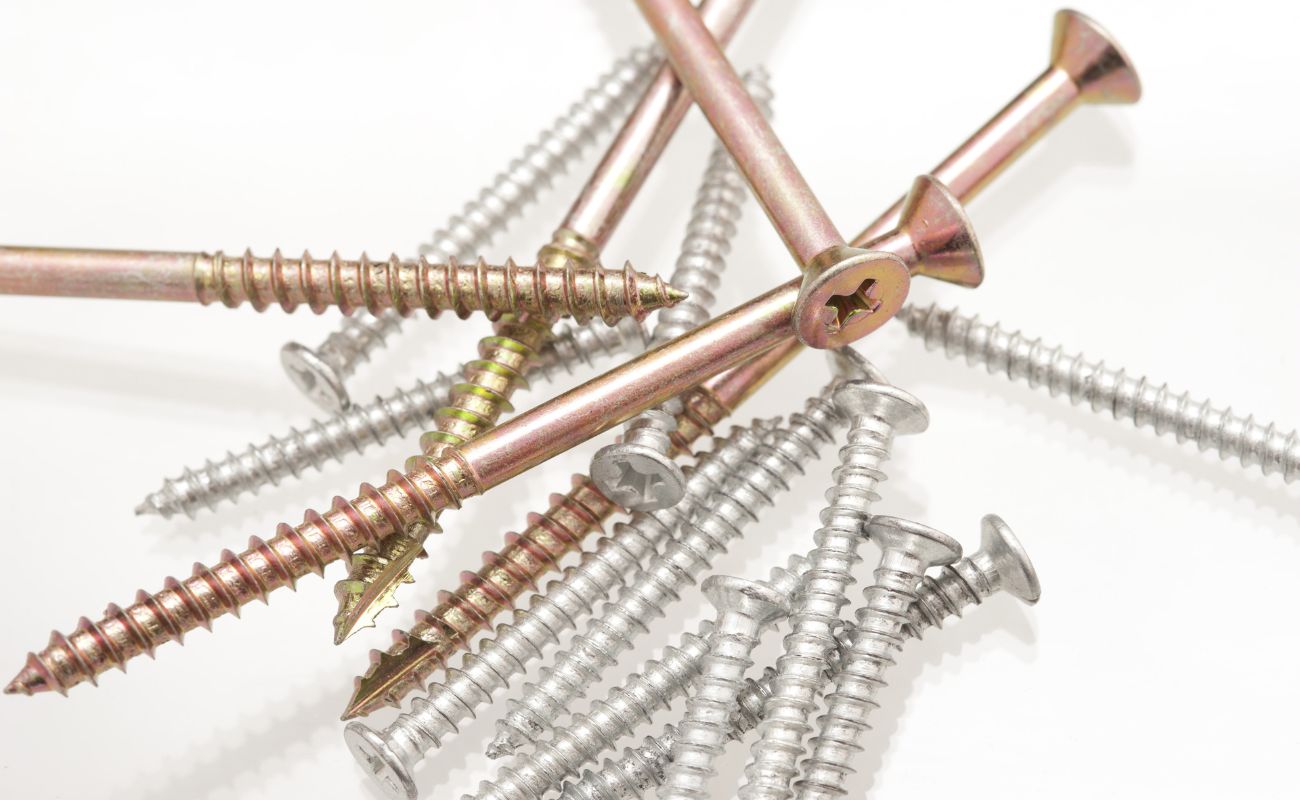

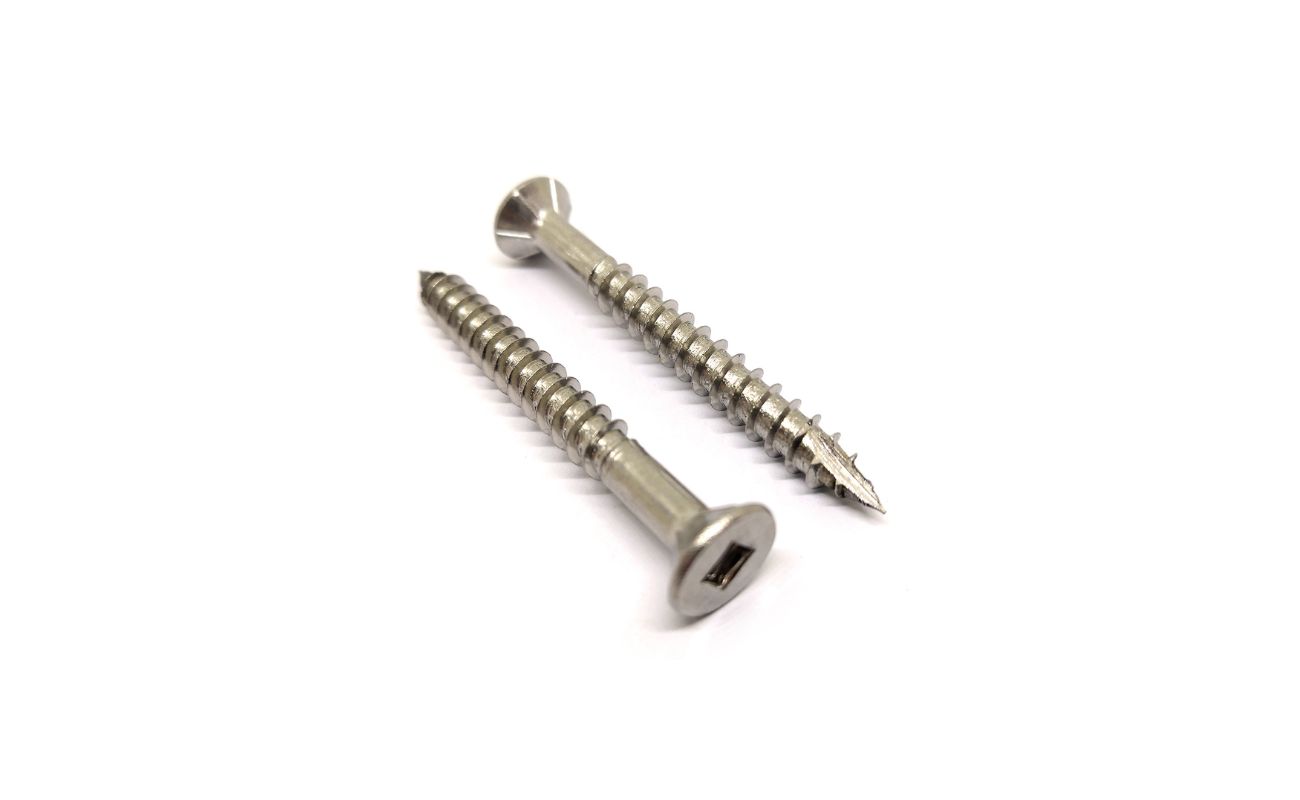
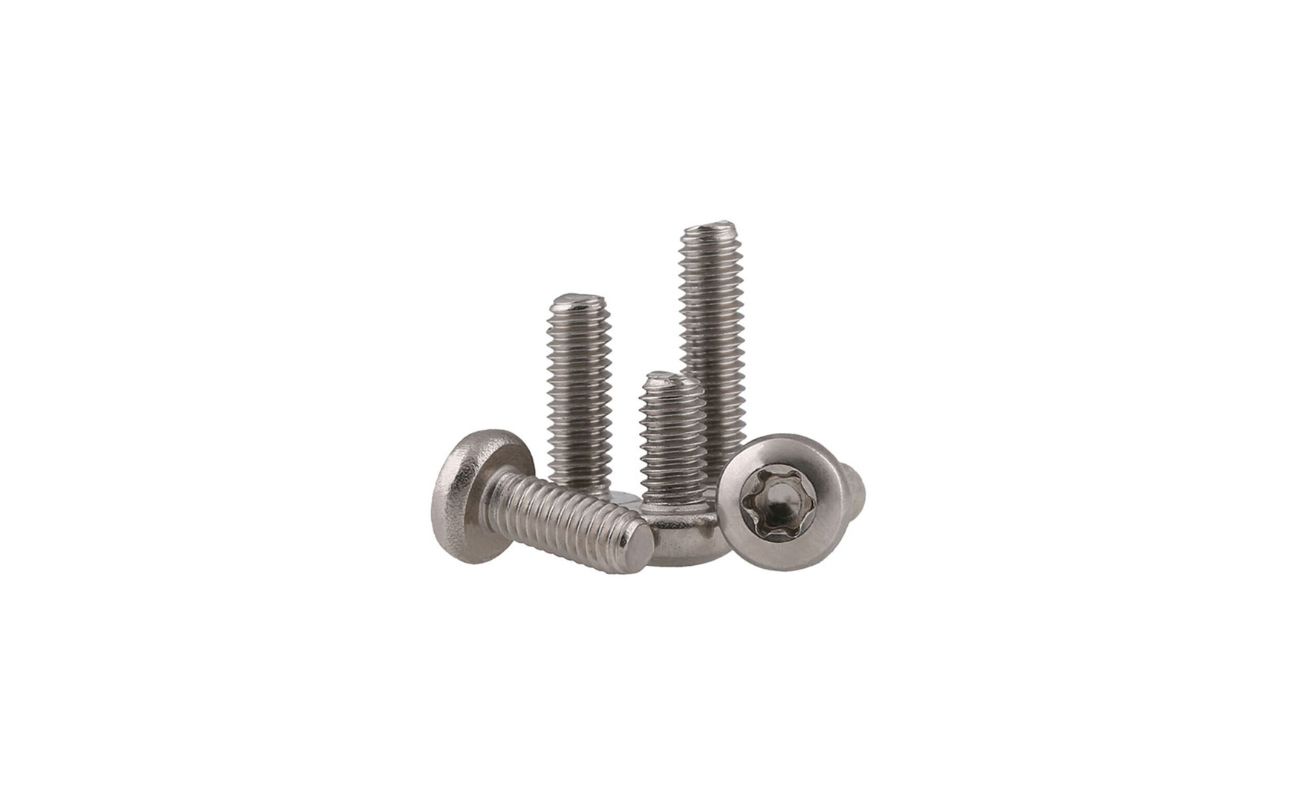
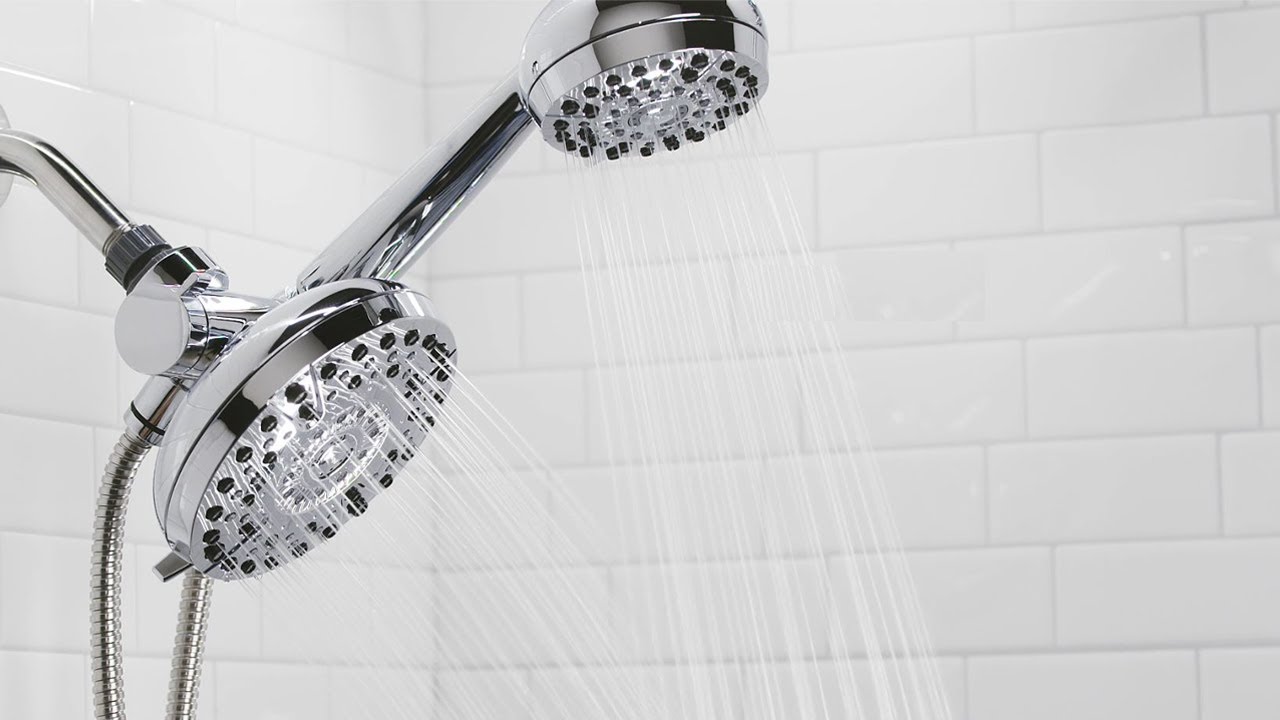
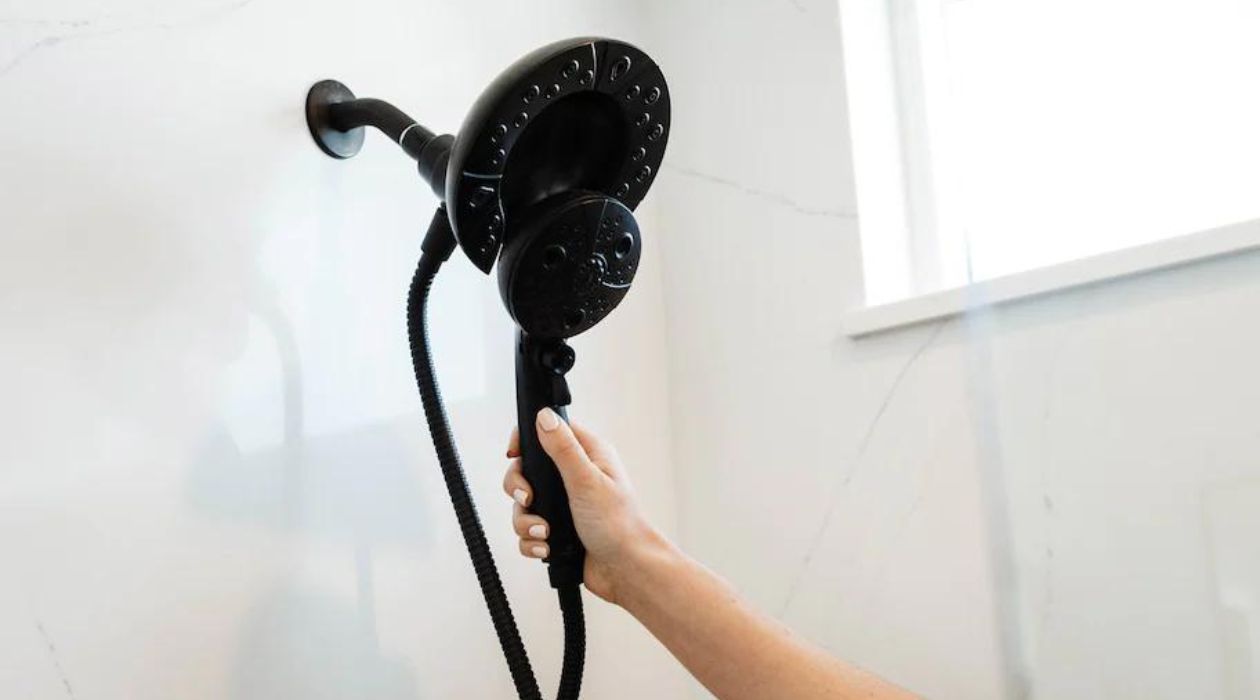
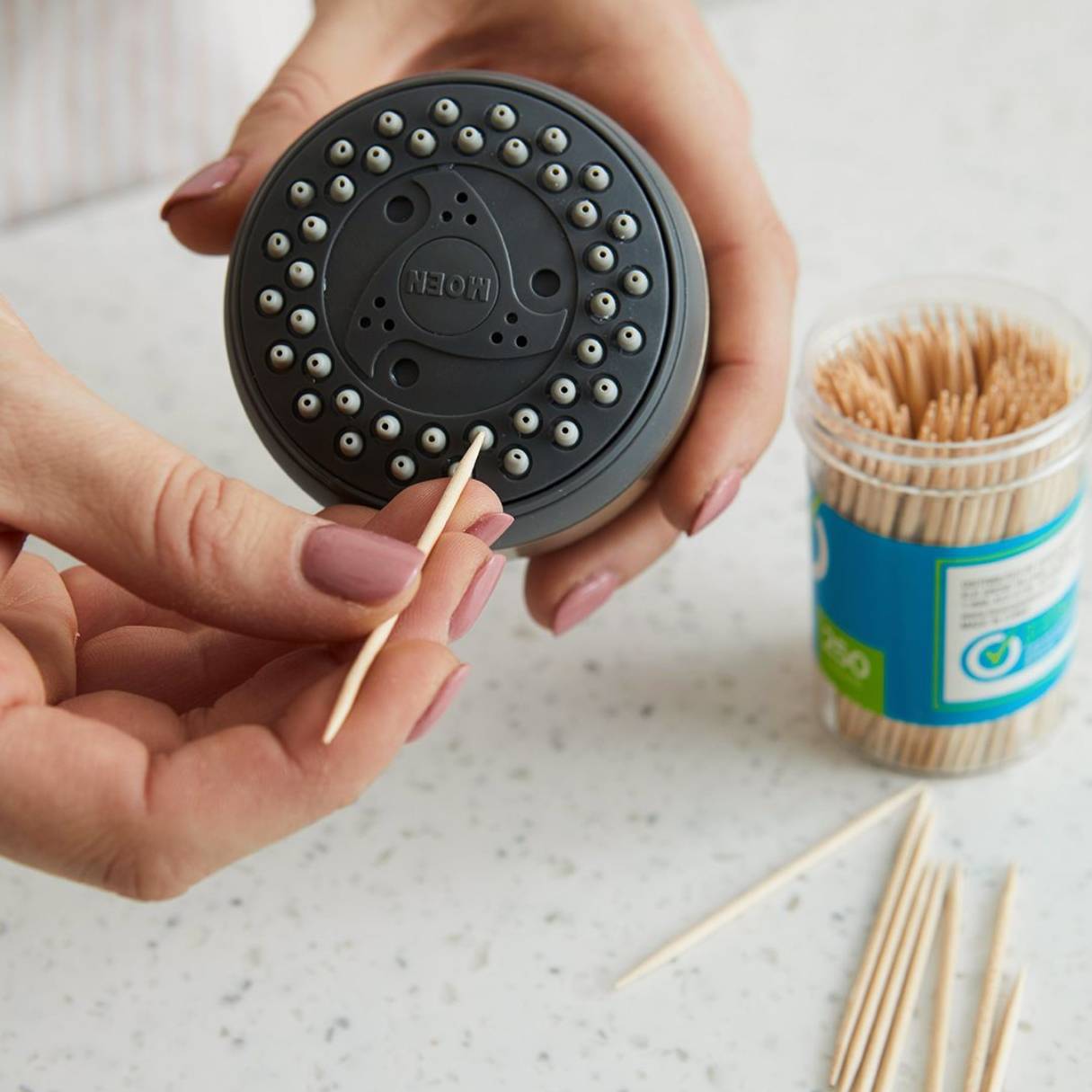
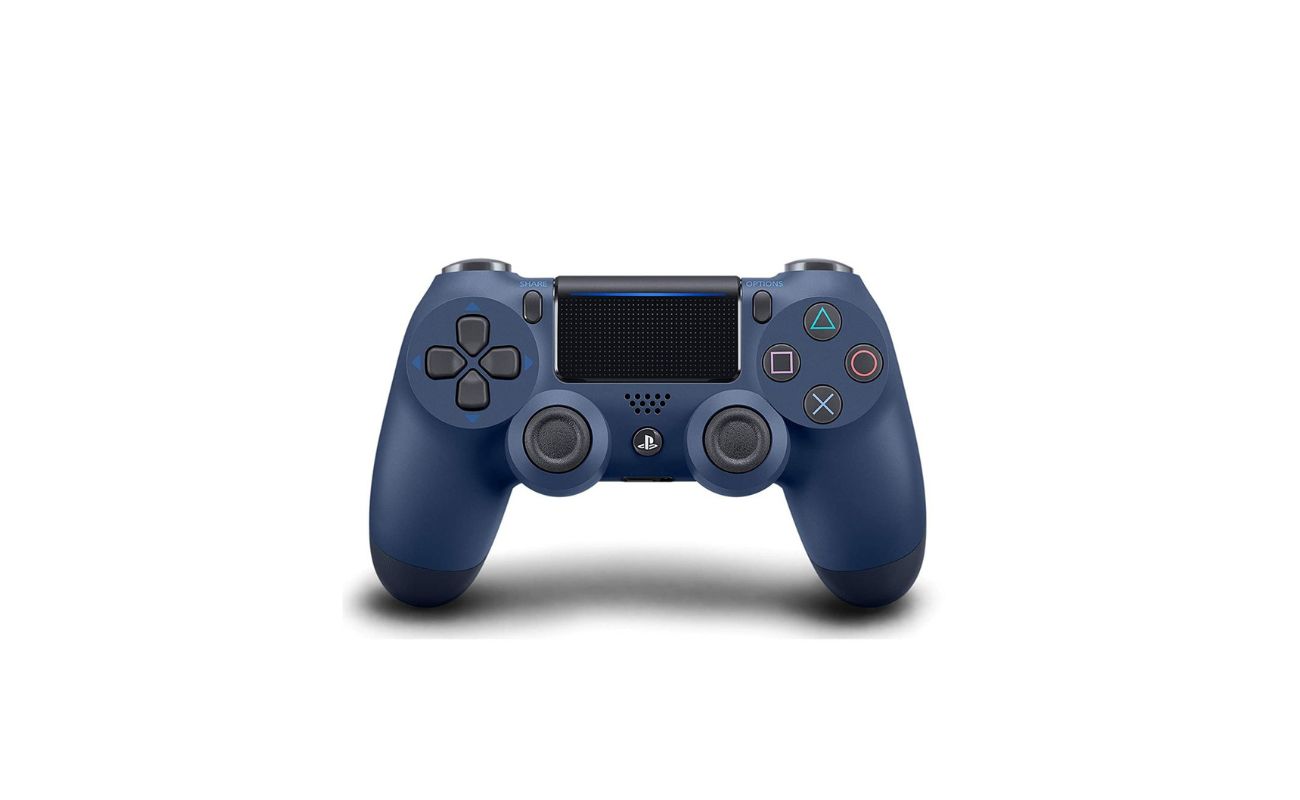
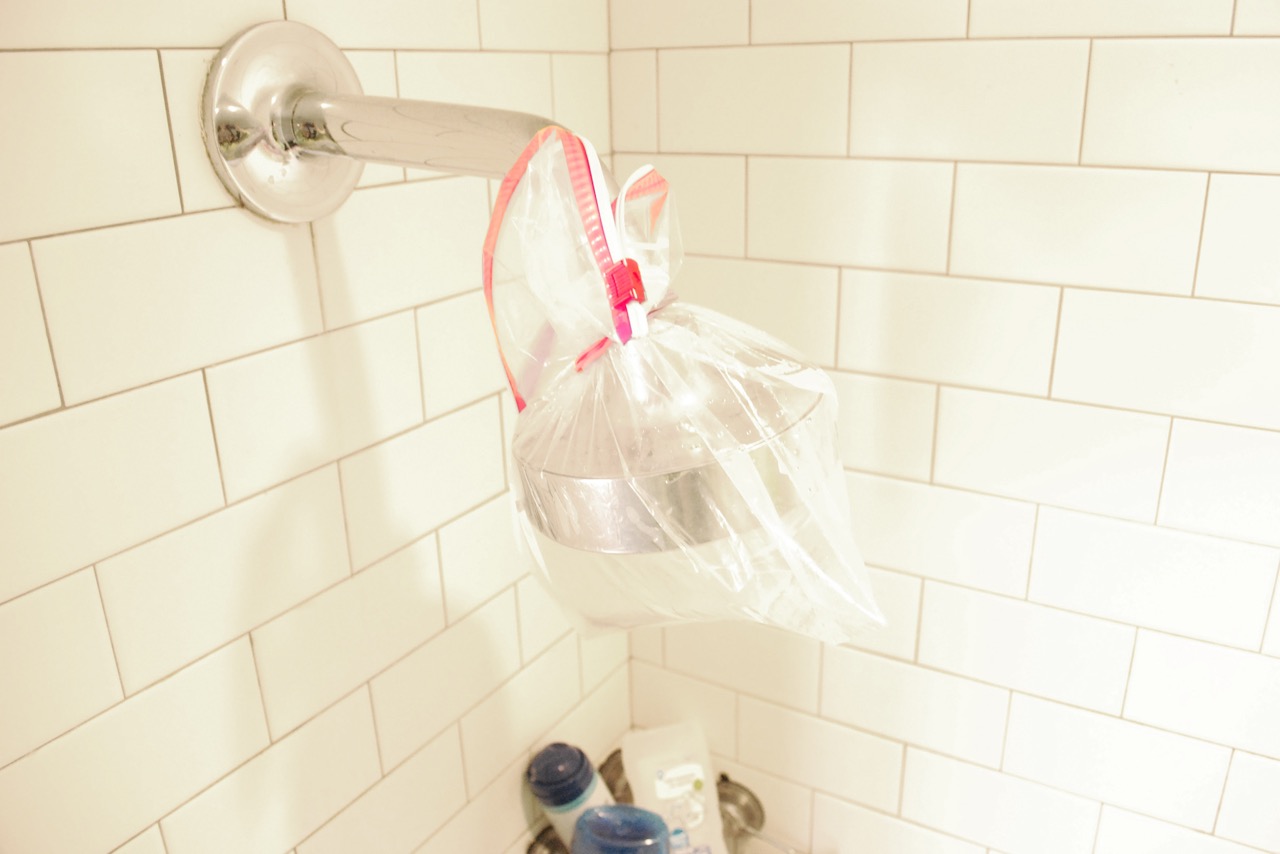
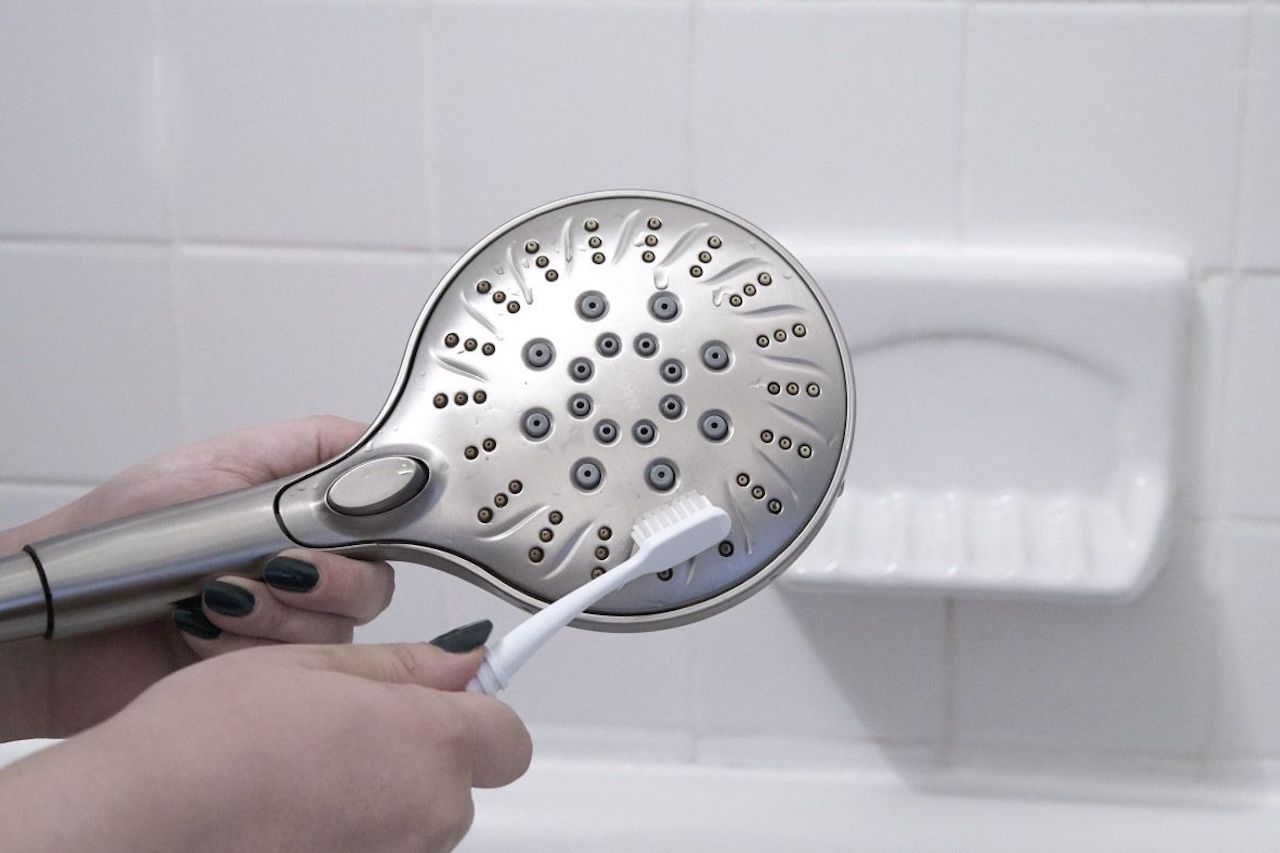
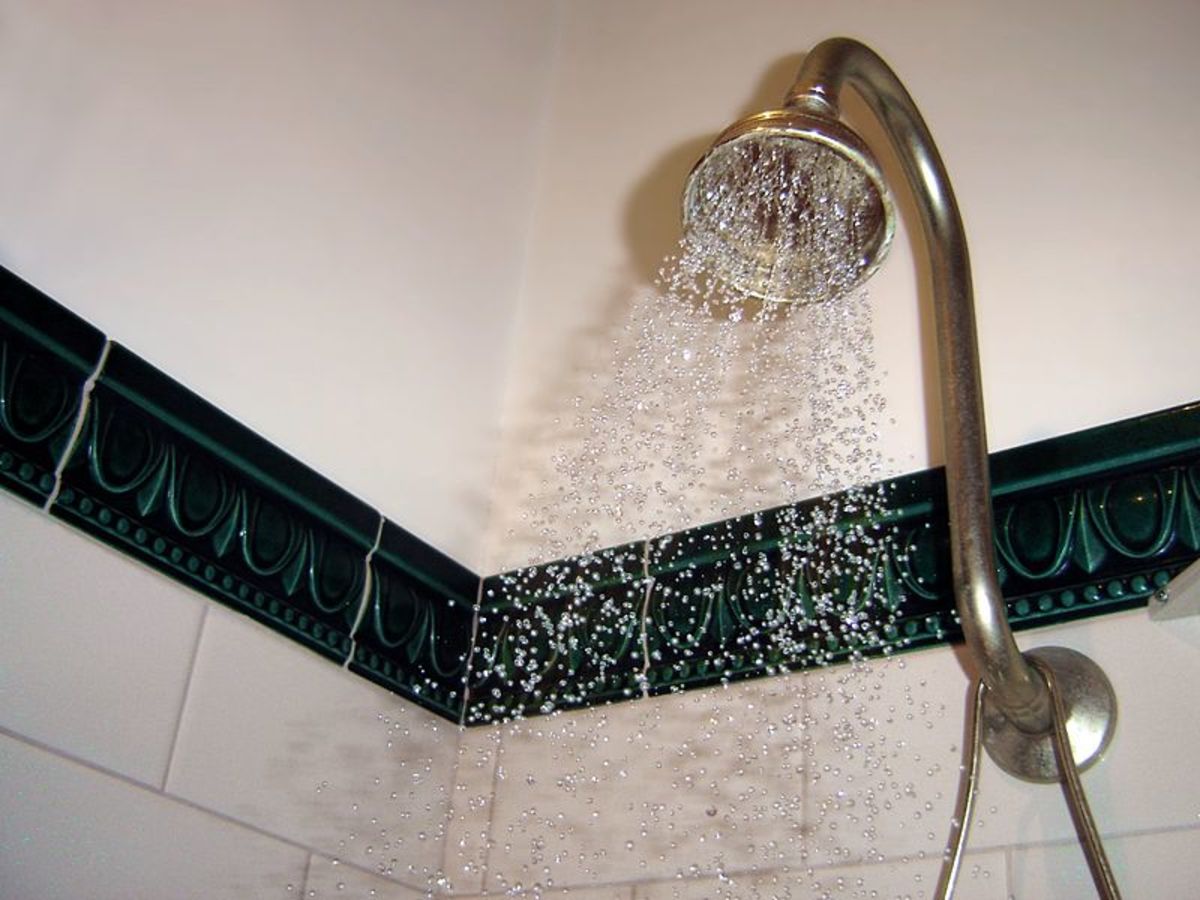
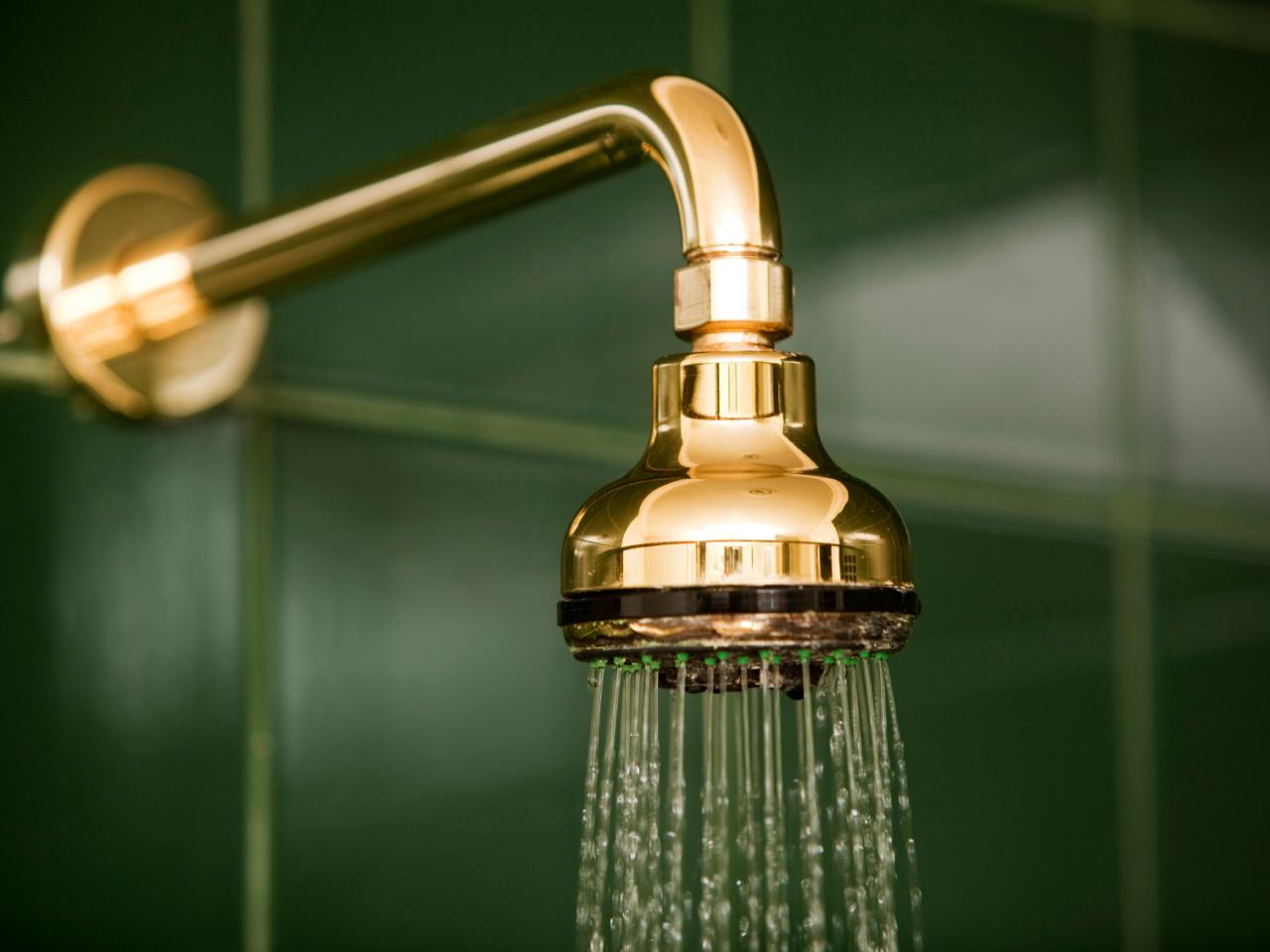
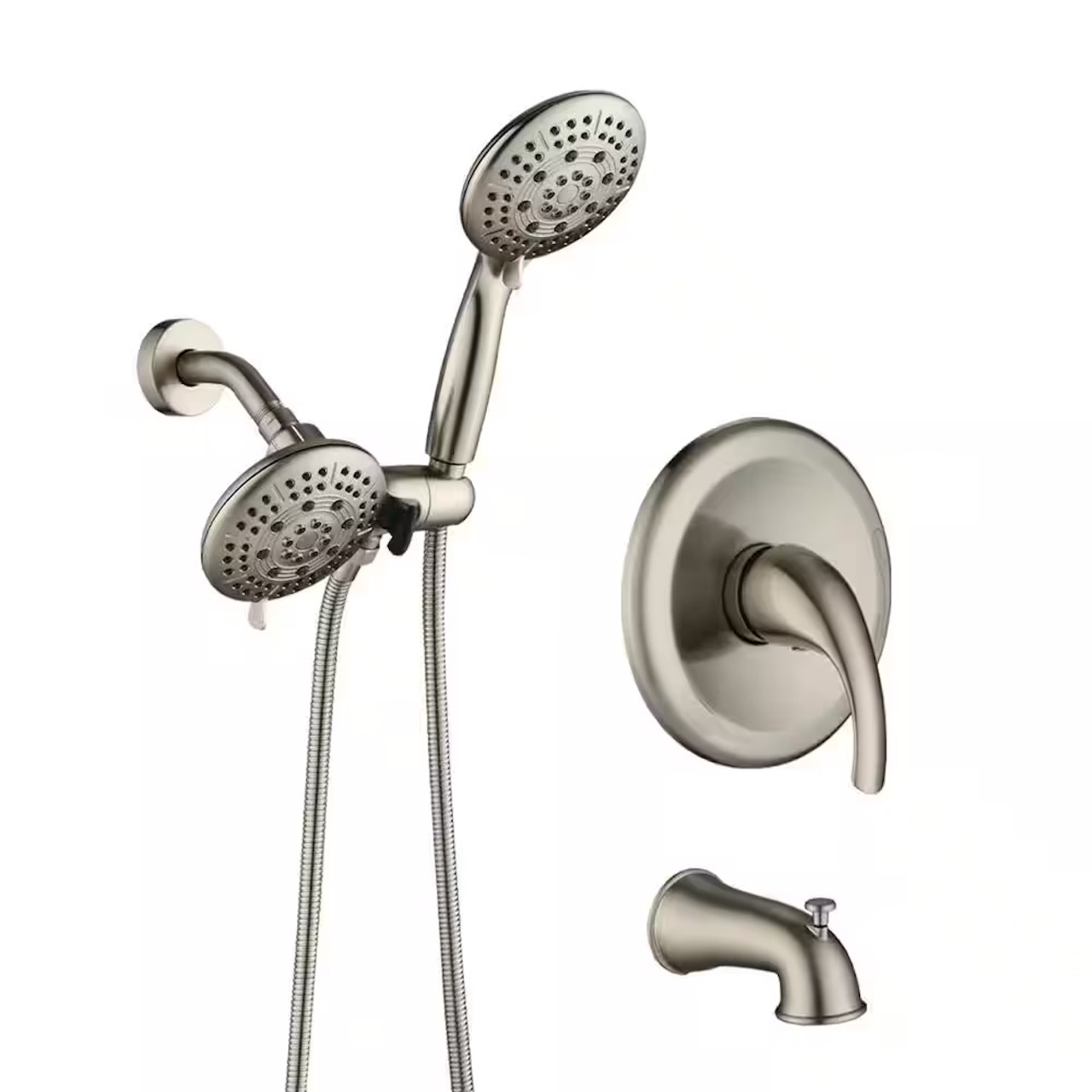
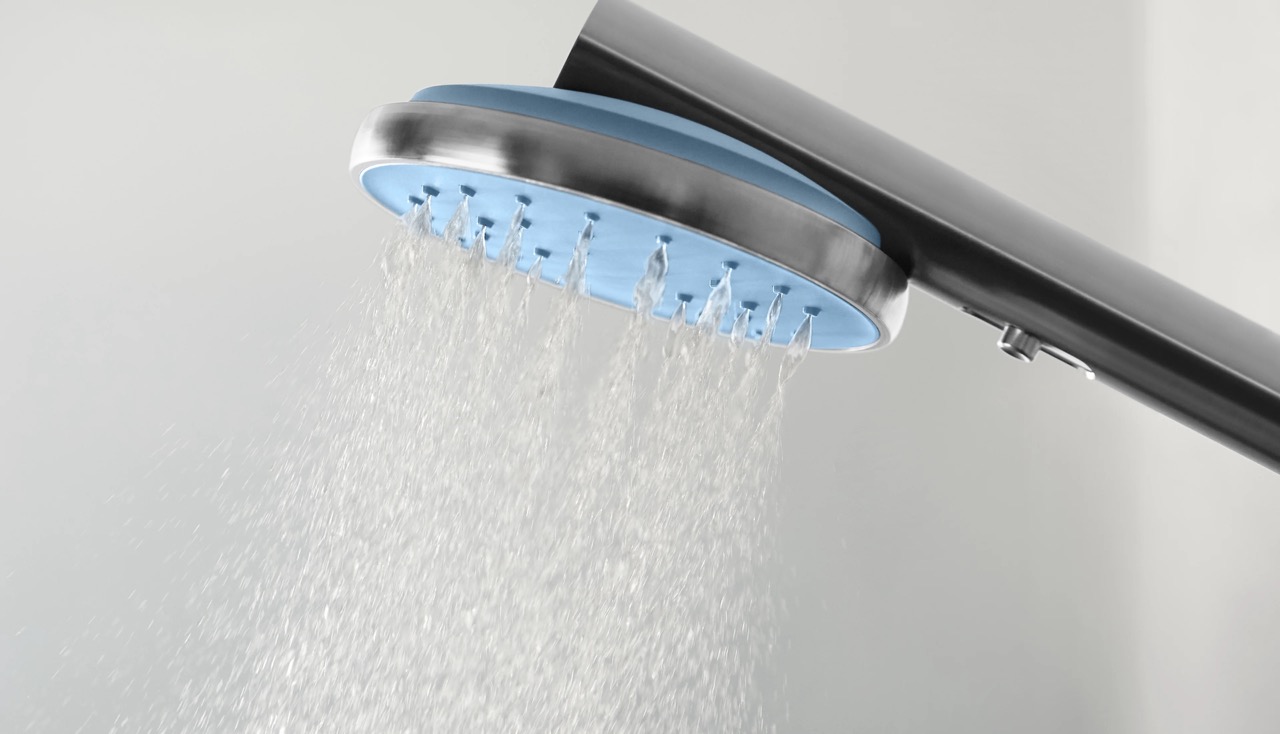

0 thoughts on “How To Unscrew Showerhead”